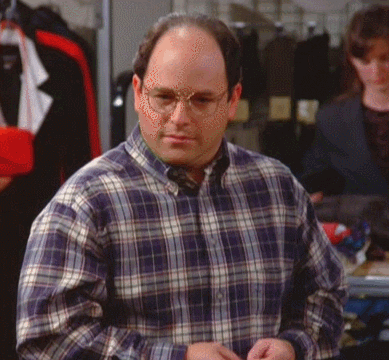The RBA has brought inflation down from a peak of 7.8% to 4.1%, but how have the RBA's cash rate increases impacted growth in the Australian economy?
When the RBA first started increasing the cash rate, it was May 2022, we were all still flabbergasted from the Oscar’s slap, and inflation in Australia was sitting at 6.1%.

Rising costs were beginning to hurt Australian consumers, and the RBA had a mission to tackle these costs: to increase interest rates and put pressure on mortgage holders so that spending in the economy is reduced.
That’s what our friends, the economists, like to call, ‘monetary policy’.
Quick refresher on how that works:
Inflation can be caused by demand being higher than supply.
When the economy was coming out of the pandemic, people were participating in more spending activities, and the demand for goods and services was increasing.
But at the same time, supply chains that were disrupted during the pandemic were still trying to get up and running again.
With supply lagging behind demand, prices of goods and services started rising.
Businesses began to pass on their higher costs to consumers (some more than others - ahem profiteering corporates), prompting the RBA to take some serious action.
Where are we at now?
When the RBA increases interest rates, it usually takes a while to notice the impact on the economy.
Since the RBA crew started increasing interest rates, inflation has come down from its peak of 7.8% to 4.1%.
If you’re wondering, ‘um why do my iced coffees still cost $8 then?’ we hear you.
A decrease in inflation doesn’t mean a decrease in prices, it means that prices are increasing at a slower rate.
And while bringing inflation down to 4.1% is solid progress, it’s still above the RBA’s target inflation rate of 2%-3%.
But while inflation has been trending down, there’s something else going on in the economy that’s got a number of people feeling a tad stresserino.
And it’s to do with GDP - aka the measure of the growth in the economy.
What’s happening with GDP?
Real GDP (the country’s total production of goods and services) only grew by 0.2% in the December 2023 quarter.
In fact, for the year of 2023, GDP was only 1.5%, which is the weakest growth Australia’s economy has seen in 23 years.

Even though the RBA hasn’t increased the cash since November, this weak economic growth is largely due to people cutting back on spending.
Remember that lag effect we mentioned?
Oh, but there’s more!
Get this, the growth in GDP we have had is mostly attributed to post-covid migration, without which the economy would have been shrinking.
So it’s looking like the RBA may have done too good of a job at containing inflation, but in doing so it’s brought us eerily close to recession territory.
This has got a few people spooked, including the Treasurer, Jim Chalmers who’s hinted that the government will be focusing on “growth” in the upcoming budget.

But the real question is, have these growth figures got the RBA spooked? And if so, are they going to consider gifting Australians a cash rate cut a little earlier?
Let us know when you think the RBA is going to start reducing the cash rate in the comments!
Sign up for Flux and join 100,000 members of the Flux family